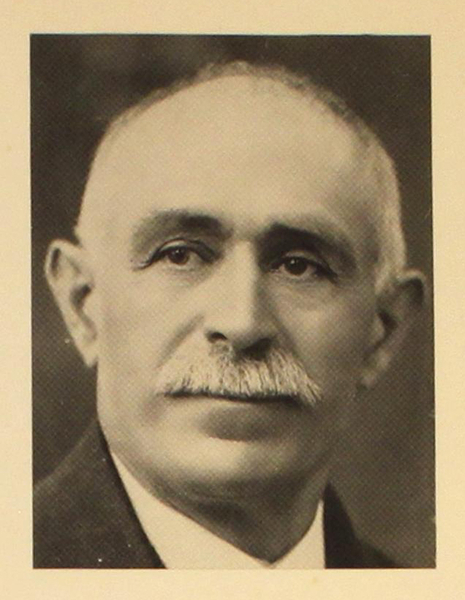
- Home
- Portrait gallery
- CTG associates
- Eugène Stoffel (1821-1907)
Once the Commission de Topographie des Gaules had been removed from the site in September 1862, Eugène Stoffel, a former student of the École Polytéchnique and then one of Napoleon III’s ordnance officers, was given responsibility for continuing the excavations, confirming his reputation among archaeologists and historiographers of archaeology.
© MAN
With a keen interest in ancient history, this former student of the École Polytechnique led the excavations at Alise-Sainte-Reine which took place from 1862 to 1865.
A military archaeologist
Having led the excavations at Alise-Sainte-Reine ordered by the emperor, the Commission de Topographie des Gaules was removed from the site in September 1862, probably following a disagreement with the sovereign. Eugène Stoffel, then one of Napoleon III’s ordnance officers, was given responsibility for continuing the excavations, confirming his reputation among archaeologists and historiographers of archaeology.
A loyal servant to Napoleon III
Stoffel later became attaché at the Berlin embassy until the outbreak of the Franco-Prussian conflict. On his return to France, he was at the emperor’s side during the defeat at Sedan, then in charge of heavy artillery during the siege of Paris in 1870. Loyal to the memory of Napoleon III, Stoffel wrote the third volume of the Histoire de Jules César, published in 1887.
Partners and authors
Associated media
Open Media Library
